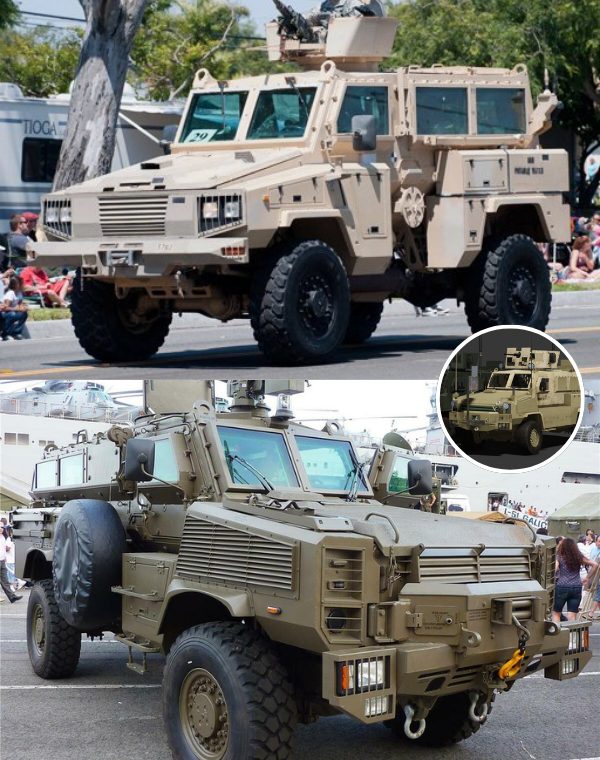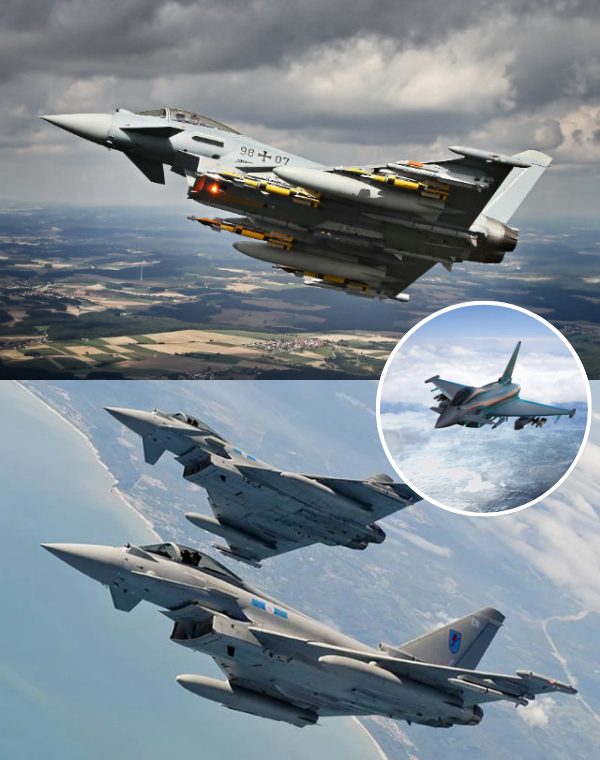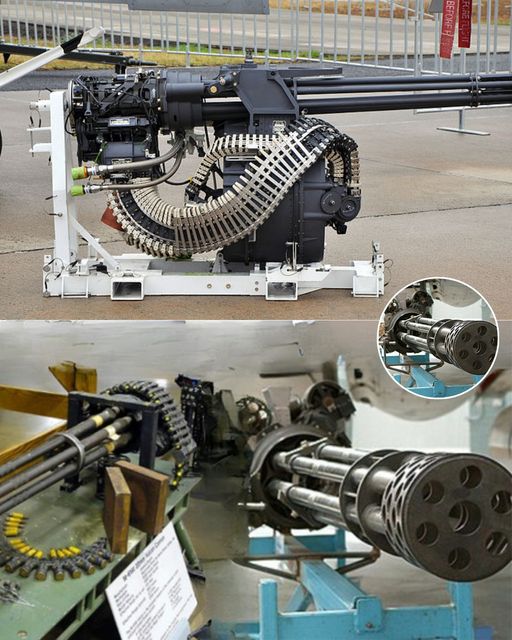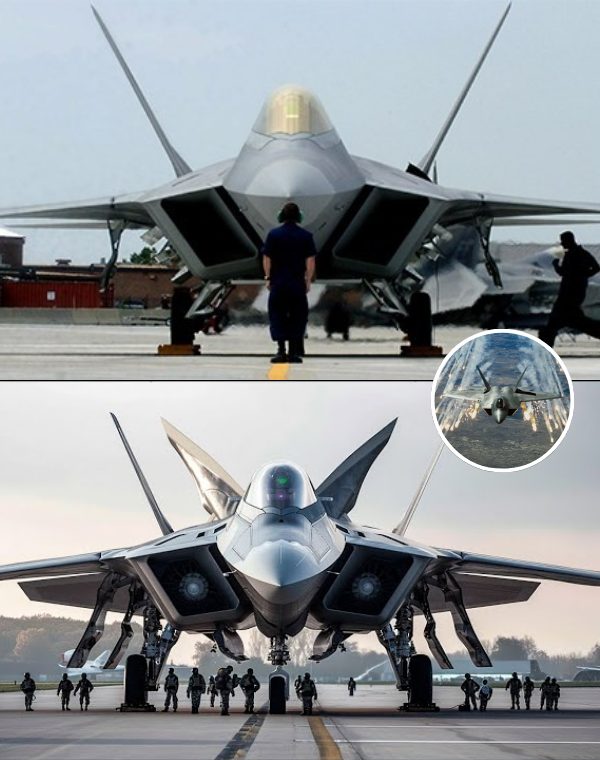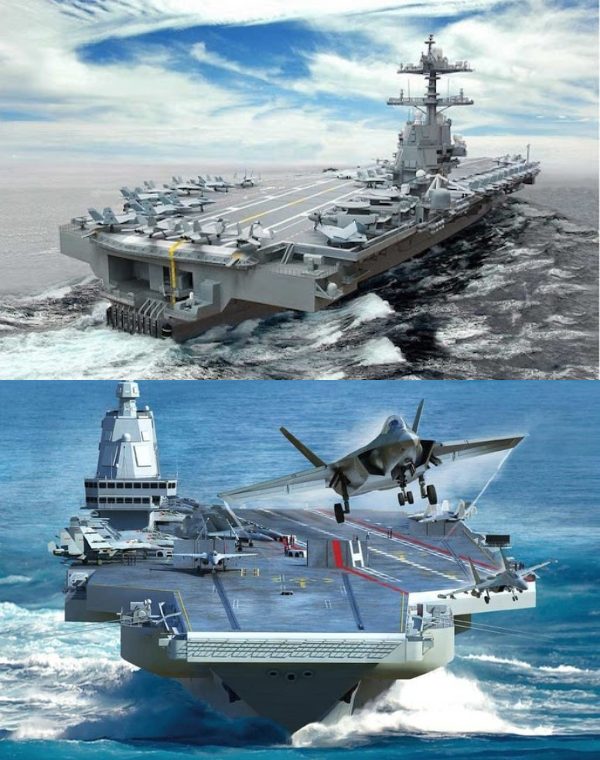The Indian Navy does not have a single submarine with Air-Independent Propulsion (AIP), a technology that helps conventional submarines to lurk under the surface of water for a longer duration. The indigenously developed AIP technology is reportedly ready and will be fitted on board the French Scorpene submarine in the Indian Navy fleet by next year.
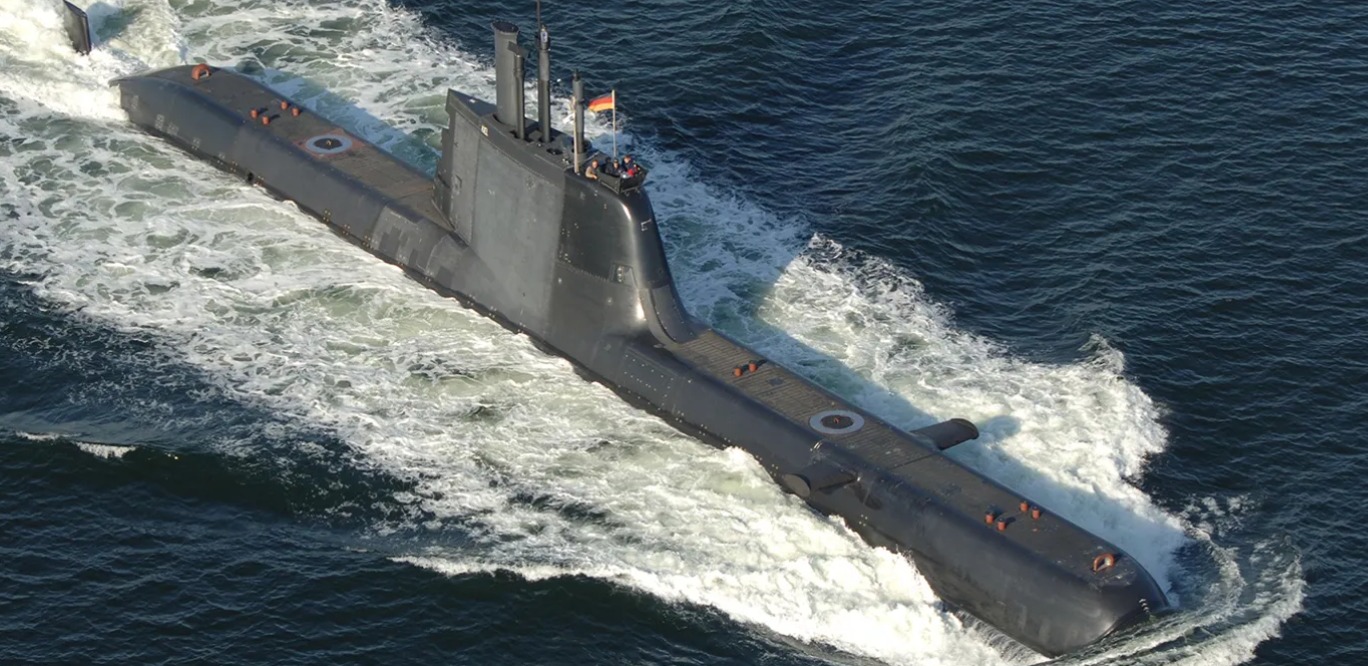
An AIP enhances a submarine’s underwater endurance between battery charges by three to four times, thus reducing its vulnerability to detection. As the Chinese naval presence increases in the Indian Ocean, submarines with AIP can monitor them much better without getting detected.
This technology will be particularly relevant in the eastern Indian Ocean and the Bay of Bengal. In the Arabian Sea and the western Indian Ocean, it will enhance our undersea warfare capability against Pakistan.
Indian Defense Research and Development Organisation (DRDO) chief Samir Kamat inaugurated an AIP Integration and Testing facility at Larsen & Toubro’s AM Naik Heavy Engineering Complex on July 6. The advanced system will be manufactured and tested at the complex by the end of 2025 before being fitted onboard the submarine at Mazagaon Dockyard Limited (MDL).
AIP-powered conventional diesel-electric submarines (SSK) are midway between nuclear-powered boats and non-AIP SSKs. They allow an SSK to remain submerged for 10 to 14 days without needing to surface to charge their batteries, which might get them detected. Other SSKs can stay underwater for roughly 48 hours. The fuel-cell-based AIP is unique, as it generates its hydrogen requirement on board.
The Indigenous AIP would be fitted onboard the INS Kalvari submarine when it undergoes its first major refit in September 2025. INS Kalvari is the first Scorpene class submarine made by MDL. Retrofitting the operational submarine would require cutting it into halves and inserting a new AIP section, increasing its length and weight. French shipbuilder Naval Group will assist in the complex procedure.
After this, the technology will undergo further testing before being fitted into the remaining Scorpene-class submarines. Experts have pointed out that upgrading a weapons platform with new technology will reduce operational readiness, as the repairs will take at least a year.

The Indian Navy’s adoption of AIP technology will put its fleet in a better position than Pakistan’s. All three of its French Agosta-90B (PNS Khalid, Saad, and Hamza) are powered by AIPs. Pakistan is also expected to receive eight 39 A Yuan-class AIP-powered submarines by the end of 2023 under a US$5 billion deal with China.
For a long time, India has been trying to get this critical technology from Germany, France, and Russia. In 2005, India inked a deal with the Franco-Spanish consortium Armaris to build six Scorpene conventional submarines.
The fifth Scorpene class submarine was commissioned in the Indian Navy in January 2023. The subs are also without AIPs, but plans are afoot to retrofit them with the technology. INS Vagsheer (S26) (Kalvari-class) is being built, and plans are for three more units with AIP capability.
The Indian submarine fleet currently has 16 conventional submarines. Apart from the six recently built submarines, the rest are over 30 years old and approaching their decommissioning date.
The delays in the submarine induction have forced the Indian Navy to give a mid-life refit to its SSK-209s (German HDWs) and EKMs (Russian Kilos) to keep them functional for an additional 10-15 years.
India’s Quest To Boost Its Underwater Prowess
One thing is clear: if India wants to compete effectively with China in the Indo-Pacific, it needs to level up its underwater game. The Indian Navy has recently finished evaluating submarines offered by the German Thyssenkrupp and Spanish Navantia.
German shipbuilders ThyssenKrupp Marine Systems signed a Memorandum of Understanding with Indian Mazagon Docks Ltd (MDL) in 2023 to bid for Project 75 ‘I’ (India) to build six conventional submarines with the AIP technology.
TkMS has built over 170 submarines in the last 75 years and has proven models of Transfer of Technology (ToT) cooperation with numerous customers like South Korea, Turkey, Italy, Israel, and Singapore and two decades of AIP operations on board submarines presently being operated by Germany, Greece, Turkey, Israel, Singapore, South Korea, Portugal, Italy, etc. Its submarines are in the Indian Navy (Shishumar class) as well. Three of them were constructed indigenously with MDL (Shalki class).
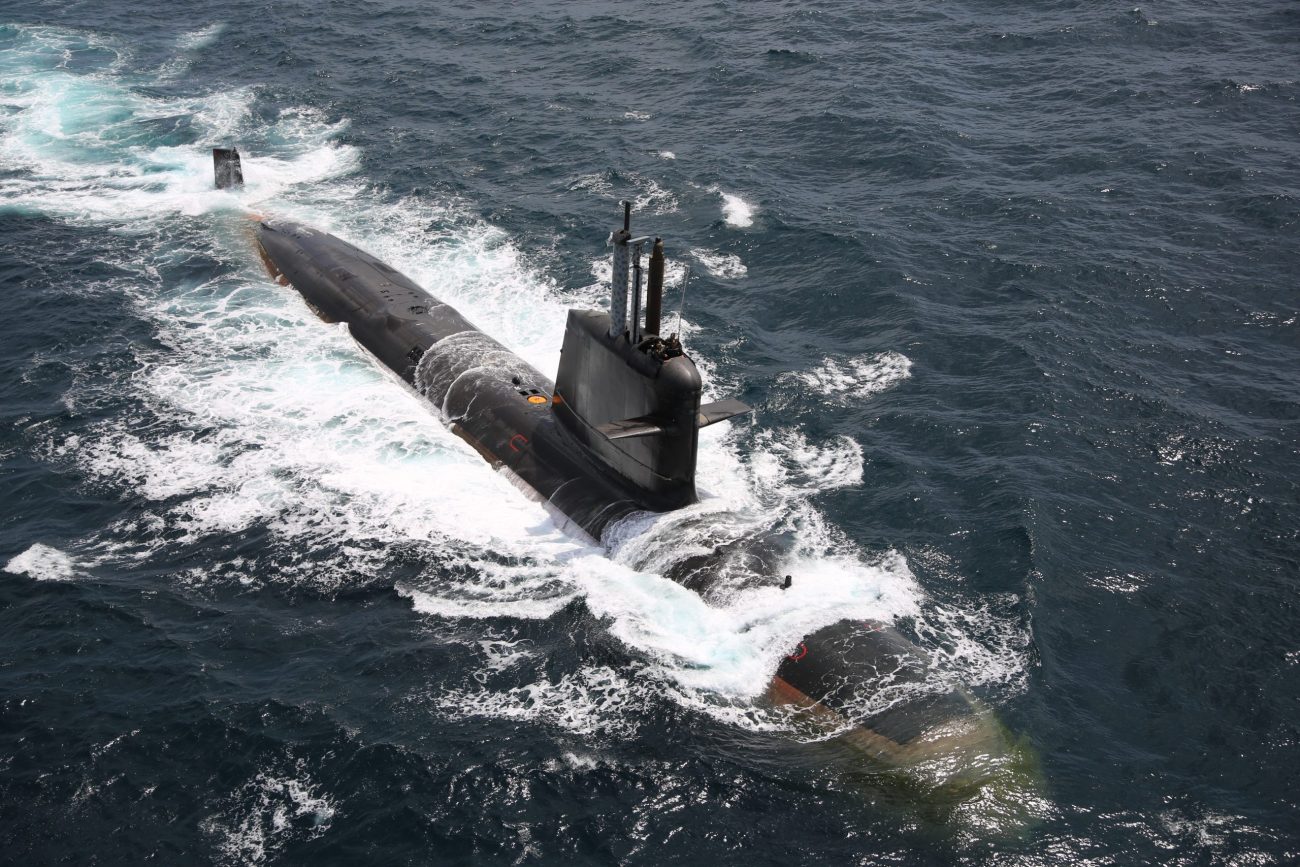 File Image: INS Kalvari
File Image: INS Kalvari
The other contender in the fray, Spain’s Navantia, does not have an operational AIP technology yet. In 2023, the factory acceptance tests of the AIP BEST (Bio-Ethanol Stealth Technology) system for the S-80 submarines.
Considering it took 11 years for the first Scorpene class submarine to enter the Indian Navy’s fleet after signing the deal, the submarines to be built under Project 75 ‘I’ are at least a decade away from entering operations.
“Navantia has been struggling with its submarines running 10 years behind schedule and only one commissioned so far, zero export experience, zero ToT (Transfer of Technology) experience, zero operational AIP, partnering with an Indian shipyard with zero submarine building experience. Hope the MoD and Navy don’t shoot themselves in the foot,” an official told the EurAsian Times.
The Indian Navy is outmatched by the Chinese Navy 4:1 when it comes to submarines. On March 25, the Indian Navy released stunning photographs of a pod of its submarines on the western seaboard. The eight submarines operated together in a recently concluded exercise in the Arabian Sea. The Indian Navy is still woefully short of the 76 platforms of China’s submarine force comprising 8 SSBNs (ballistic missile submarines), 13 SSNs (nuclear-powered attack submarines), and 55 SSKs (diesel-electric submarines).

Before this, former Indian Navy Chief Admiral Hari Kumar revealed that the Indian Navy had simultaneously deployed 11 conventional submarines for operations in different parts of the IOR.
This has been the highest number of operational submarines for the Indian Navy in the last two decades. The submarine arm has been facing dwindling strength, accidents, and write-offs. As against the required 24 conventional submarines, the Indian submarine fleet has only 16 submarines, and apart from the six recently-built submarines, the rest are over 30 years old and approaching their decommissioning date.
The Indian conventional submarine fleet includes five Scorpene class (French), four HDWs (German), and seven Kilo-class (Russian). An additional Scorpene class is still to be commissioned.
The Indian Navy’s issue is the submarines’ operational availability. A general naval rule of thumb is that for every vessel operating, two more are required—one preparing for deployment and one standing down from recent operations. The numbers are needed to keep up with the maintenance and crew’s rest and training schedule.
Only one-third of the fleet is expected to be deployed during peacetime. More vessels can be deployed in wartime, but it is still prudent to assess the availability realistically. The Chinese Navy is not only forging ahead with the induction of submarines into its fleet but also equipping India’s neighbor Pakistan with state-of-the-art technology.
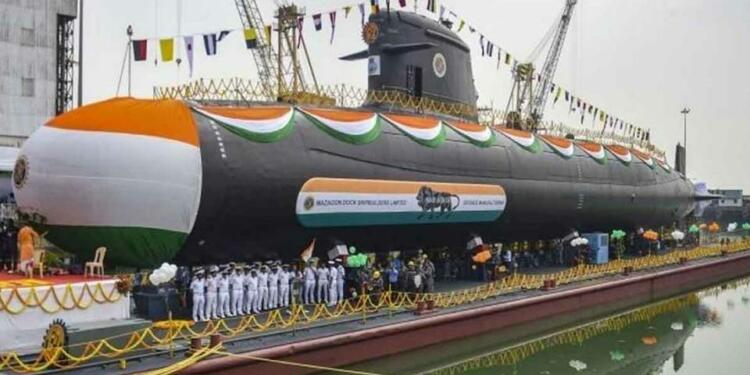
By next year, the Indian Navy will have 17 conventional submarines in its fleet. However, the older Kilo-class submarine’s availability ratio is low.
Ten of the Russian submarines were commissioned in the 1980s, and they are getting old. One of them has already been decommissioned, the second was refurbished and gifted to Myanmar, and the third was lost in an accident in 2013.
The Chinese undersea fleet has been growing exponentially in quantity and quality. For the first time, China has been able to deploy at least one nuclear-armed submarine constantly at sea. Compared to this, the Indian submarine program has been growing steadily, albeit a tad bit slower, making it difficult to catch up with its giant assertive adversary in the East.
